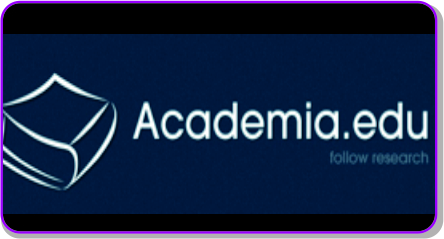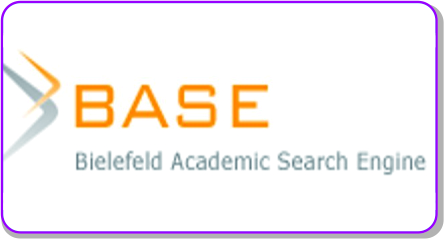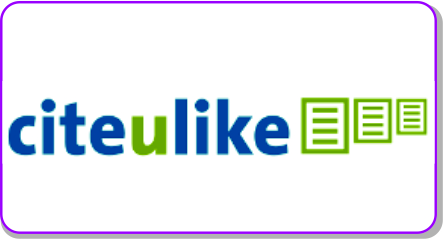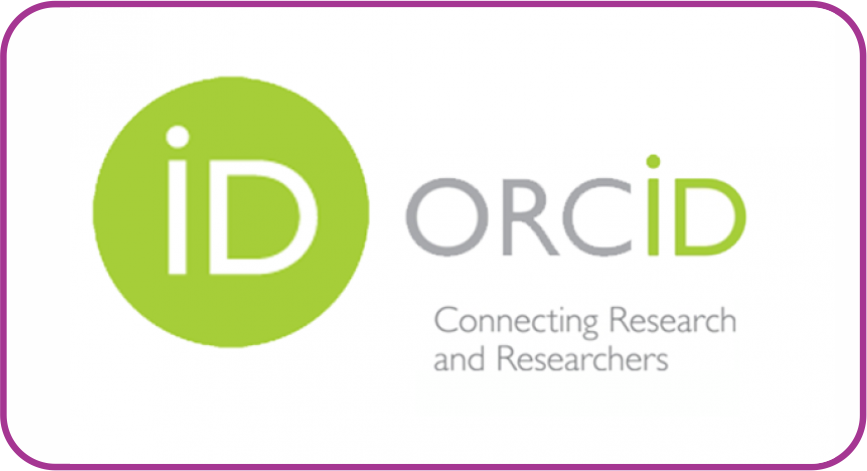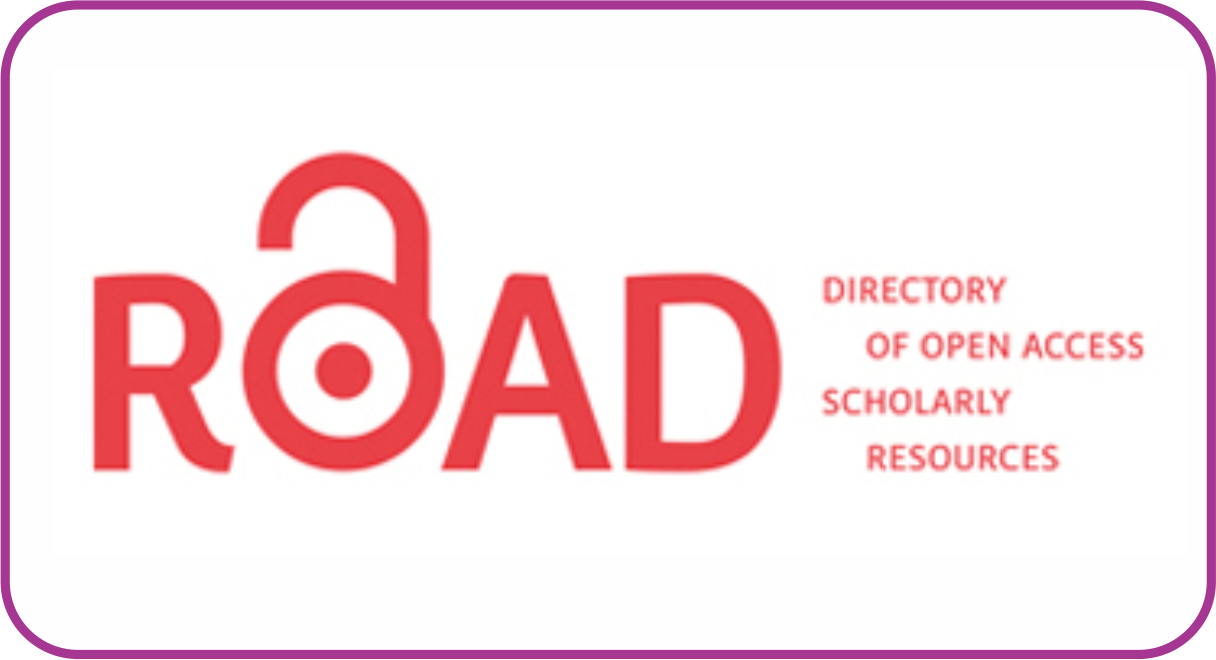Author Guidelines
General Guidelines
- The Manuscript should be written in English and has never been published or is not in the process of being submitted for publication in other media and does not contain plagiarism elements.
- The Manuscript can take the form of research, case studies, or literary studies.
- The author should be registered as an author. The guidelines for registration and submission are at the bottom of this page.
- The Manuscript will be published in Jurnal Educative: Journal of Educational Studies after peer review.
- The Manuscript should be written in accordance with the Author Guidelines and Template. The writing template can be downloaded here
Manuscript Preparation and Structure of the Manuscripts
- Title. The title should be short, bright, and informative, but does not exceed 15 words. It has to be associated with the topics being addressed. The title of the article should not include any uncommon abbreviation. The main topic should be written first, accompanied by its explanation.
- Author’s names and institutions. The author’s name should be accompanied by the author’s institution, institution's address, and email addresses, without any academic and job titles.
- Abstract. Abstracts are written in Indonesian and English. The abstract must be a single paragraph consisting of 150-200 words. It must include the main question of the article, its novelty, research methods, findings, and keywords (3-5 phrases).
- Introduction. The introduction must contain (in brief and consecutive) a general background of the research, a literature review (state of the field), and the main research problems. In the final part of the introduction, the purpose of the article should be stated. This section should also illustrate the research's uniqueness/novelty.
- Research Method. This part includes information about the research design, data sources, data collection methods, and methods for data analysis.
- Finding and Discussion. This part consists of the research findings and the analysis. The findings must be supported by sufficient data. The findings must answer the research questions or deal with the research hypothesis (for quantitative research) in the introduction part. The following components should be covered in the discussion: How do your results relate to the original question or objectives outlined in the Introduction (what/how)? Do you provide a scientifical explanation for each of your results or findings (why)? Are your results consistent with what other investigators have reported, or are there any differences?
- Conclusions. This section should deal with the objectives of the research and the research discoveries. The concluding remark should not only involve the recurrence of findings and discussions or abstracts; it should also propose potential studies and point out those that are ongoing.
- References. The literature listed in the References contains only the sources referred or included in the article. Please use Mendeley as the Reference Manager application. Sources should consist of 25 - 35 references from books, proceedings, and research results. Eighty percent of referenced journal articles must be published within the last 10 years. Citations and references follow the Modern Humanities Research Association 3rd edition (MHRA) style.






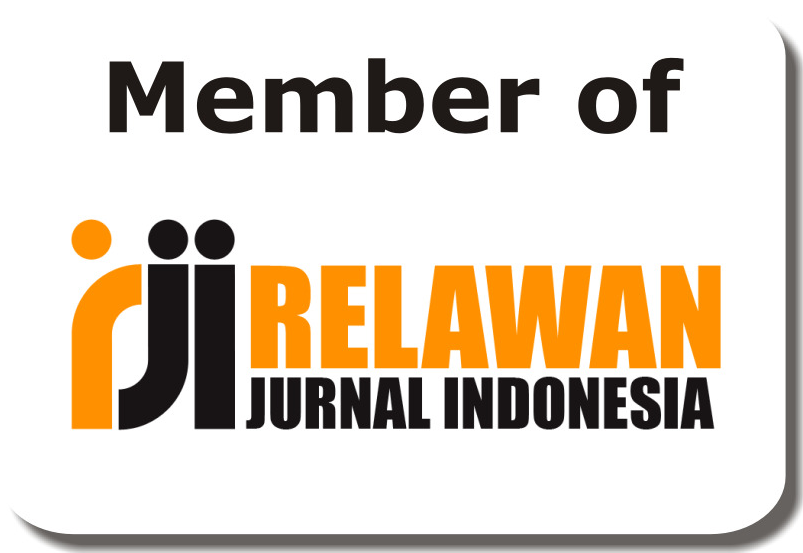
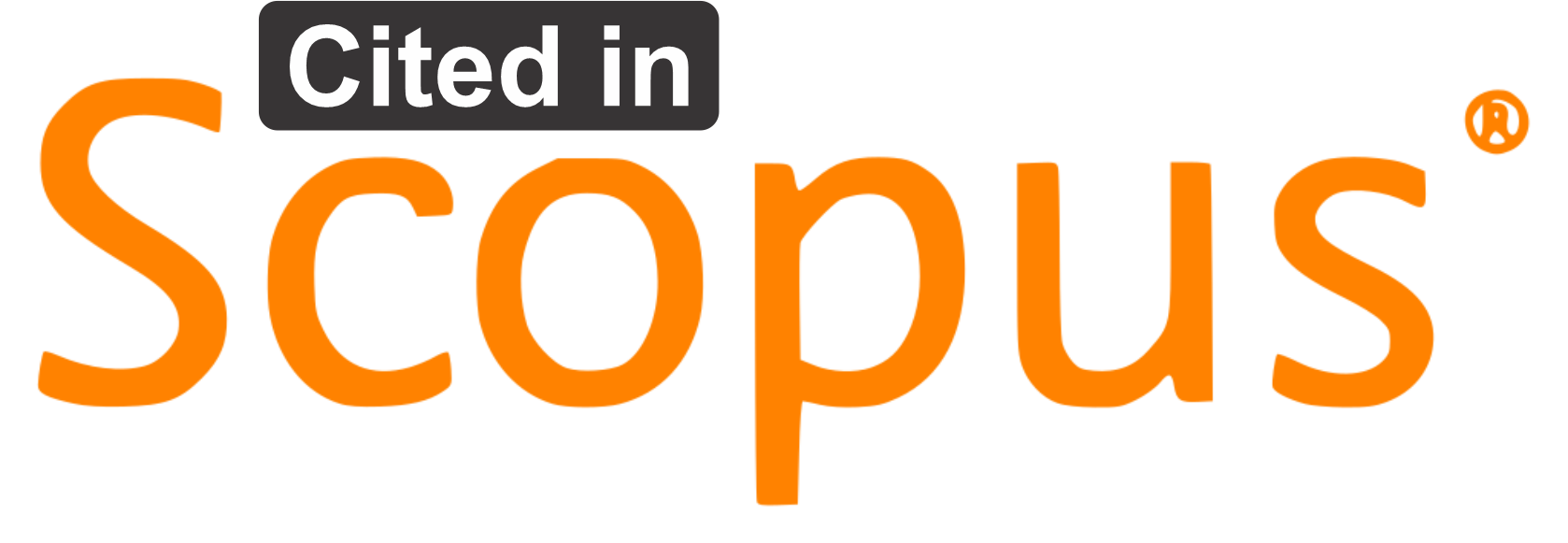

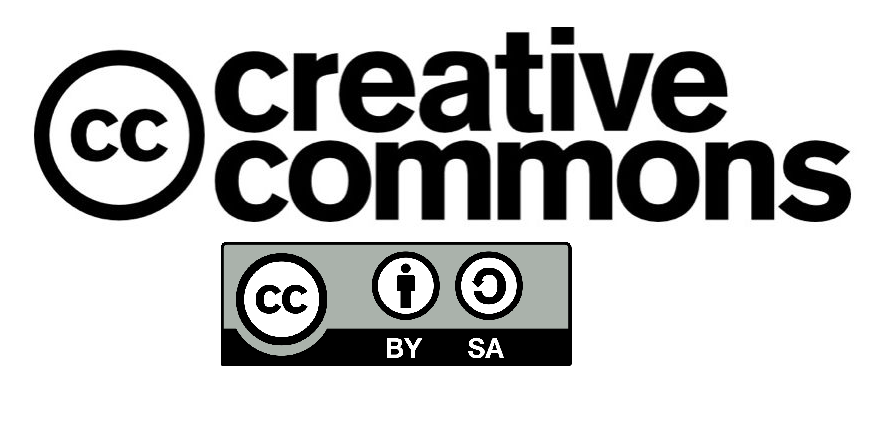
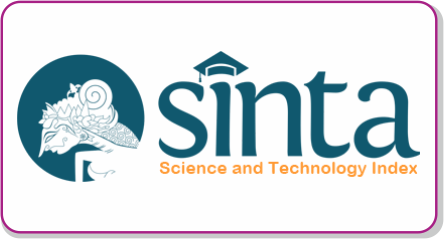
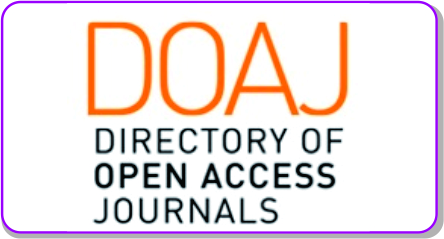


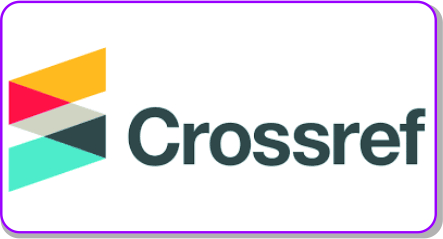


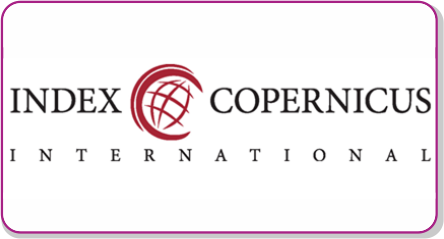

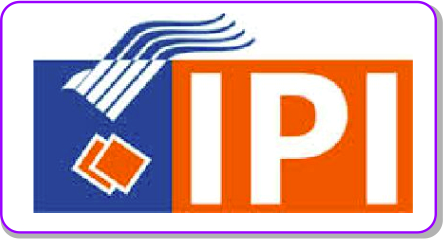 Â
 